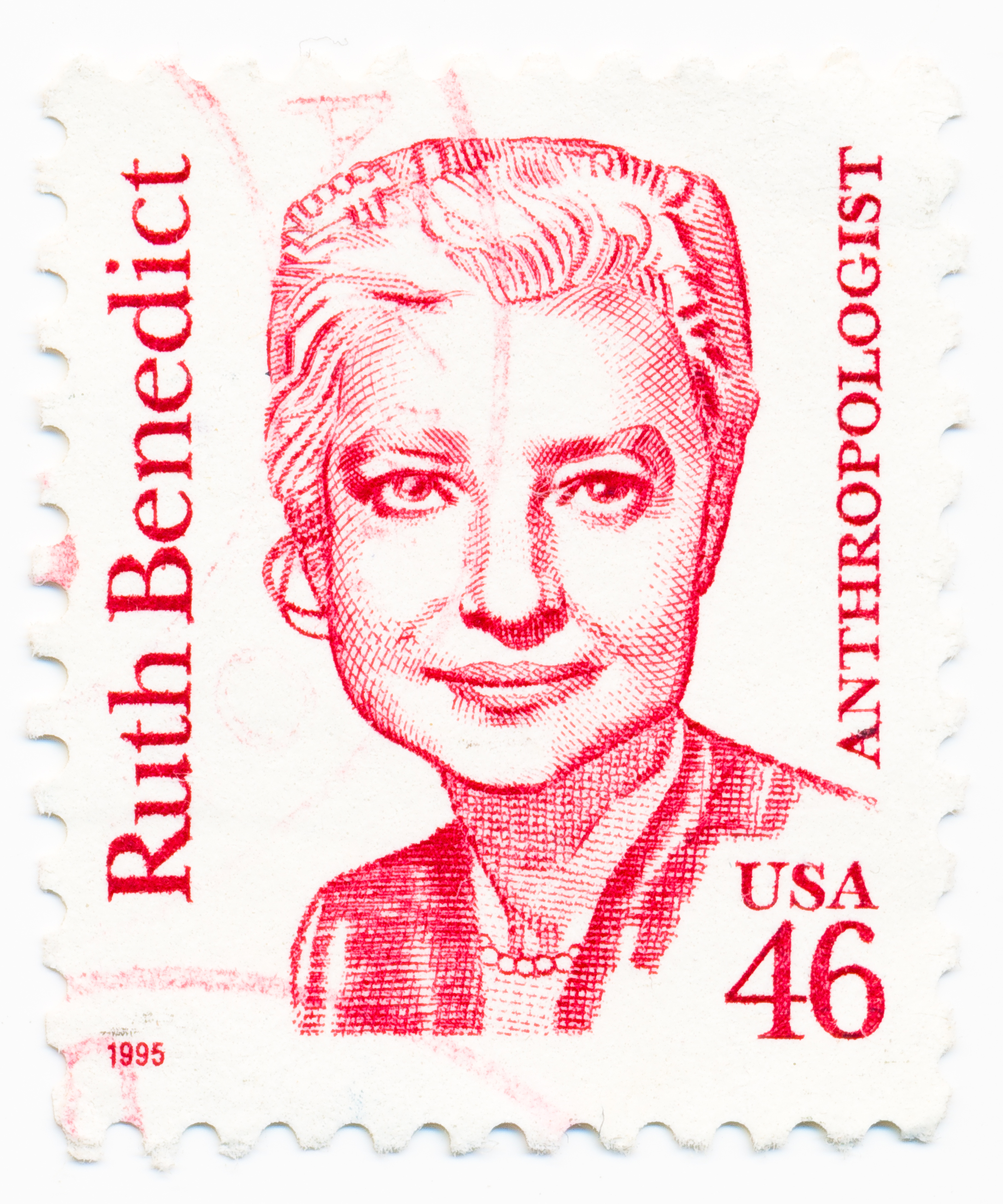
As a toddler within the 1890s, Ruth Benedict lived in a society that made her life difficult. A lack of know-how about listening to loss meant adults accused her of not complying with instructions. And restricted alternatives for ladies made it tough for her widowed mom to earn a dwelling wage.
These challenges prompted Benedict to contemplate how society was structured to learn individuals who match sure traits and disenfranchise these exterior the norm. She grew to become one of the influential anthropologists of the 20 th century. Students nonetheless reference her work, and educators proceed to assign her books.
Who Was Ruth Benedict?
Benedict was born Ruth Fulton in 1887 in upstate New York. Her father was a surgeon, and Benedict believed he contracted an infectious illness from considered one of his sufferers. He died when she was 21 months outdated, and her youthful sister was mere weeks outdated.
Early Life
Her mom labored as a teacher and moved her daughters for instructing assignments in Buffalo, Minnesota, and Missouri. Her mom was poorly paid and struggled to earn a dwelling wage. On summer time breaks, Benedict returned to her grandparents’ farm in New York, the place her grandfather supported increased schooling for ladies.
Training
Benedict went to Vassar School and graduated in 1909 with a level in English literature. Her job prospects have been restricted to instructing at women’ faculties. She discovered the job miserable and felt bored having to chaperone her college students on outings or ensure they have been centered throughout research hours.
Private Life
In 1914, she married Stanley Benedict, a chemist and the brother of a Vassar classmate. They moved to New York for his job at Cornell Medical School. She instantly disliked suburban life and felt pained by her husband’s refusal to approve a surgical procedure wanted to deal with her infertility (the surgeon required her husband’s permission to proceed). In 1919, she started attending lectures and shortly grew to become a graduate pupil at Columbia College.
Learn Extra: 5 American Anthropologists You Should Know
What Was Ruth Benedict Greatest Recognized for?
In 1934, Benedict published Patterns of Tradition, which grew to become essential within the “tradition and persona” faculty of thought amongst American anthropologists. Within the e book, Benedict checked out three distinct cultures — the Dobu (of New Guinea), Kwakiutl (of Canada), and Zuni (of the American Southwest). She argued that cultures have been primarily “persona writ giant,” that means that every one cultures had defining persona traits that have been valued, carried out, and bolstered.
What Was Ruth Benedict’s Idea?
Benedict discovered that cultures have been like people in that there have been many distinct persona traits, however folks tended to solely possess a number of defining traits. As her work deepened, she thought of how character additionally included integrity and what that meant to permit people inside a society to entry alternatives and luxuriate in freedoms.
This space of research might need been influenced by the hindrances she skilled in her youth. Because the 1930s progressed, she thought of how American character valued ambition, competitors, and particular person pursuits. She criticized such character for suppressing individuals who didn’t match into this mildew.
Learn Extra: The 10 Greatest Scientists of All Time
How Did Ruth Benedict Contribute to Anthropology?
Famed anthropologist Margaret Mead described Benedict’s work as persistently specializing in how people sought to know who they have been inside their very own society. Benedict was significantly occupied with how individuals who didn’t match a tradition’s dominant character have been excluded.
Benedict’s Theories Towards Racial Superiority
In her work, Benedict argued that individuals who didn’t match their tradition’s dominant character have been oppressed by that tradition. She additionally discovered such disenfranchised folks didn’t have the ability to vary their circumstances and escape their struggles.
In 1945, she published Race: Science and Politics, a e book supposed to problem the usage of science to justify racism. Within the earlier many years, the Nazis had cited defective science to say the Aryan race was superior. Benedict’s e book was a scientific response that argued racial superiority was a mere cultural building, not a scientific reality. She denounced racial superiority and prompted different students to do the identical.
Her work into tradition and persona prompted her to contemplate how individuals who didn’t match inflexible norms relating to gender and sexual orientation have been excluded or stigmatized as deviant.
Learn Extra: Race Is Real, But It’s Not Genetic
New: What Was Distinctive About Ruth Benedict’s Work?
Benedict skilled a childhood sickness that left her with significant hearing loss that wasn’t found till she started attending faculty. Because of her listening to loss, Benedict didn’t use audio recording gadgets like different anthropologists did when conducting fieldwork. As a substitute, she developed an strategy for decoding visible info to investigate a tradition.
Ruth Benedict and Visible Anthropology
Her strategy developed right into a subfield of anthropology — visible anthropology. On this statement methodology, she thought of all visible elements inside a tradition, together with structure, clothes types, dance, literature, and portray.
Just like her scholarship relating to folks disenfranchised for not becoming their tradition’s dominant persona traits, Benedict was forward of her time along with her work relating to visible anthropology. The strategy was initially contested and wasn’t broadly accepted till the 1970s.
Benedict by no means noticed her concepts turn into mainstream. She died in 1948 on the age of 61.
Learn Extra: Meet 10 Women in Science Who Changed the World








